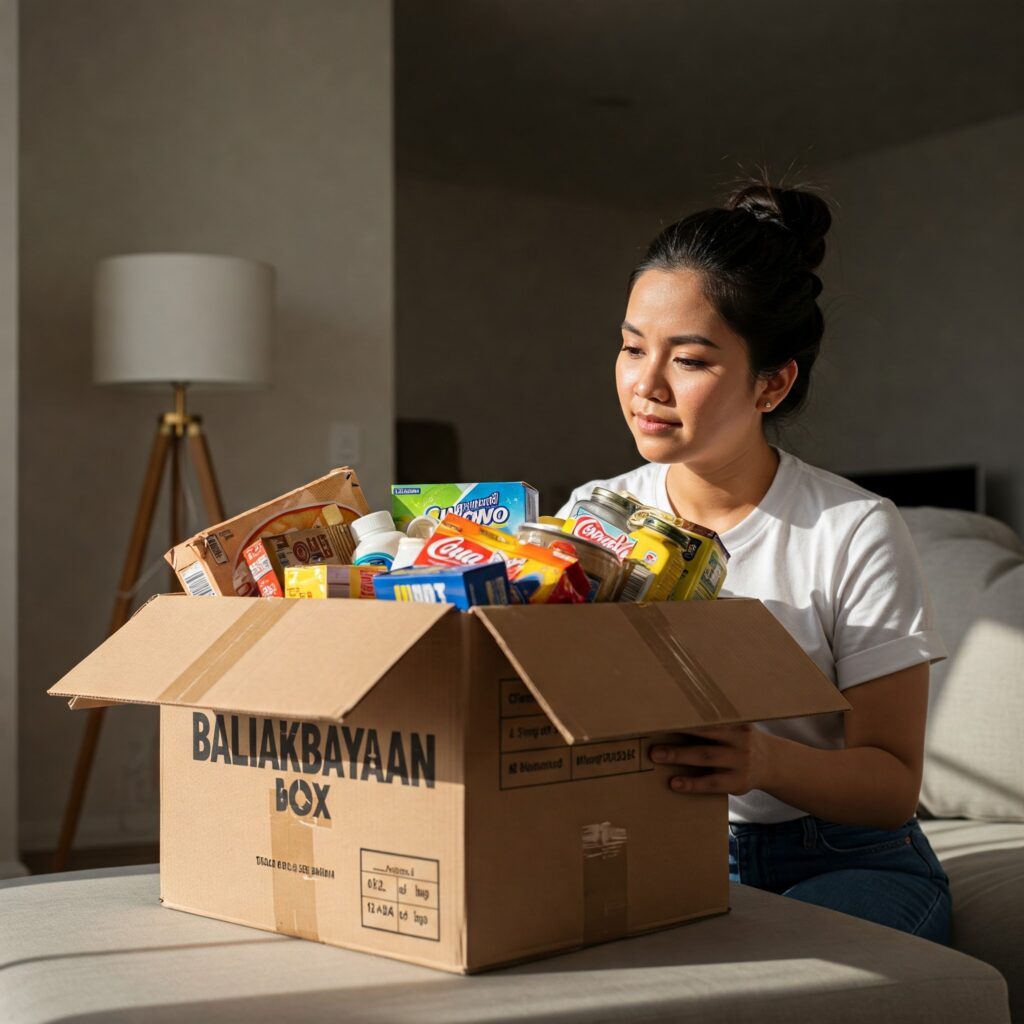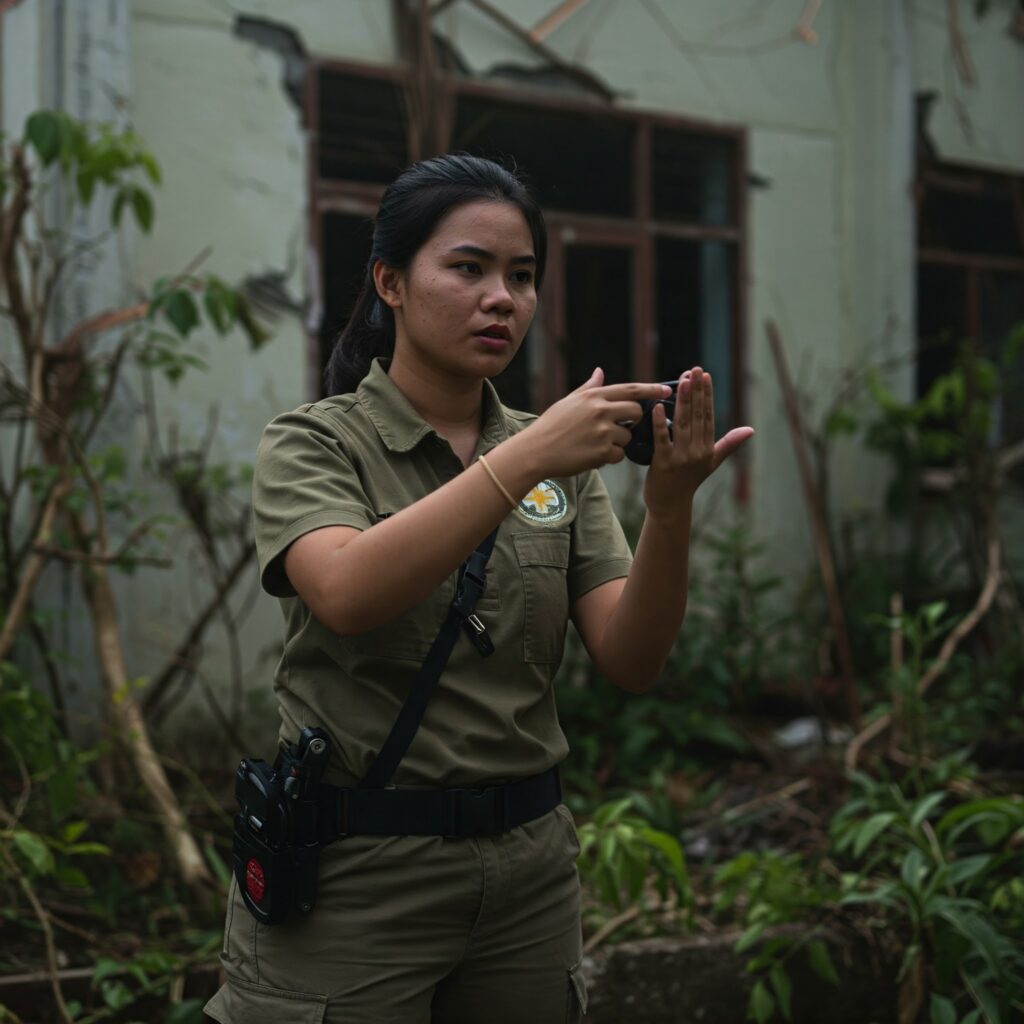The Balikbayan box phenomenon represents a unique intersection of transnational family relationships, consumer culture, and Filipino migration patterns that has evolved over several decades. This distinctly Filipino practice involves overseas Filipino workers (OFWs) and immigrants sending large cardboard boxes filled with various goods to their families back home. These boxes, weighing typically between 50 to 70 pounds, contain everything from chocolates and clothes to electronics and household items, serving as tangible expressions of care and connection across vast distances. The practice has become so deeply embedded in Filipino culture that it has transformed into a powerful symbol of the Filipino diaspora experience, reflecting both the sacrifices of those who leave and the material aspirations of those who remain.
Historical Context and Evolution
The term “Balikbayan” literally translates to “returning home” in Filipino, and the formal institutionalization of the Balikbayan program dates back to 1973 during the Marcos administration. President Ferdinand Marcos established the program through Presidential Decree 535 to encourage overseas Filipinos to return home and stimulate tourism. However, the practice of sending care packages predates this formal recognition, rooted in the long history of Filipino migration and the cultural value of “pasalubong” (homecoming gifts). The evolution of the Balikbayan box industry parallels the growth of Filipino overseas employment, which saw a significant surge during the 1970s and 1980s as the Philippine government actively promoted labor export as an economic strategy.
Key Statistics on Filipino Migration and Remittances
| Year | Number of OFWs | Remittances (in USD) |
|---|---|---|
| 2019 | 2.2 million | $33.5 billion |
| 2020 | 1.77 million | $29.9 billion |
| 2021 | 1.83 million | $31.4 billion |
| 2022 | 1.96 million | $32.54 billion |
Source: Philippine Statistics Authority (PSA) and Bangko Sentral ng Pilipinas (BSP)
The Material Culture of Balikbayan Boxes
The contents of Balikbayan boxes reflect a complex interplay of cultural values, consumer desires, and familial obligations. These boxes typically contain a carefully curated selection of items that are either unavailable in the Philippines or are perceived to be of better quality when purchased abroad. The practice embodies what anthropologists call “material transnationalism,” where physical objects serve as conduits for maintaining relationships across borders and expressing care through consumption. The selection process of items reveals both the sender’s understanding of their family’s needs and desires, as well as their own aspirations and success narratives as overseas workers.
Common Contents of Balikbayan Boxes
| Category | Popular Items | Cultural Significance |
|---|---|---|
| Food | Chocolates, canned goods, coffee | Sharing of foreign experiences through taste |
| Clothing | Branded apparel, shoes | Status symbols and practical necessity |
| Electronics | Gadgets, appliances | Technological access and modernity |
| Personal Care | Toiletries, cosmetics | Perception of superior quality |
| Household Items | Bedding, kitchenware | Home improvement and comfort |
Economic Impact and Industry Growth
The Balikbayan box industry has grown into a significant economic sector, with numerous cargo companies specializing in this service. According to the Department of Trade and Industry (DTI), the industry generates approximately $1 billion annually in shipping and related services. This economic activity creates employment opportunities not only in logistics and shipping but also in retail, as overseas Filipinos purchase items specifically for Balikbayan boxes. The industry has adapted to modern times, with many companies now offering online tracking systems and door-to-door delivery services.
Social and Cultural Implications
The practice of sending Balikbayan boxes extends beyond mere material exchange; it represents a complex web of social obligations, emotional connections, and status signaling. Research published in the Journal of Asian Studies indicates that these boxes serve multiple functions: maintaining family ties, fulfilling familial duties, and demonstrating success abroad. The contents often reflect both the sender’s achievement and the recipient’s aspirations, creating a tangible link between overseas Filipinos and their homeland. This practice has become so integral to Filipino culture that it has influenced social relationships, consumption patterns, and even the way success is measured in Filipino society.
Environmental and Sustainability Concerns
While the Balikbayan box tradition holds deep cultural significance, it has raised environmental concerns in recent years. The carbon footprint of shipping these boxes across continents, combined with the packaging waste generated, has prompted discussions about sustainability. Environmental organizations estimate that millions of cardboard boxes are used annually for this purpose, contributing to global waste challenges. Some shipping companies have begun implementing eco-friendly initiatives, such as using recycled materials and optimizing shipping routes to reduce environmental impact.
Environmental Impact Statistics
| Factor | Annual Impact | Notes |
|---|---|---|
| Cardboard Usage | ~30 million boxes | Based on DTI estimates |
| Carbon Emissions | ~500,000 tons CO2 | From shipping activities |
| Plastic Packaging | ~10,000 tons | Additional packaging materials |
Source: Department of Environment and Natural Resources (DENR) Environmental Management Bureau
Digital Transformation and Future Trends
The digital age has brought significant changes to the Balikbayan box tradition. E-commerce platforms now offer direct shipping services, allowing overseas Filipinos to purchase items online and have them delivered directly to their families. This digital transformation has led to more efficient processes but has also raised questions about the personal touch that traditional Balikbayan box preparation entails. According to industry reports, approximately 25% of overseas Filipinos now use digital platforms to send goods home, a trend that accelerated during the COVID-19 pandemic.
Regulatory Framework and Consumer Protection
The Philippine government has established regulations to protect both senders and recipients of Balikbayan boxes. The Bureau of Customs implemented stricter guidelines in 2016 to prevent theft and ensure proper handling of these packages. These regulations include:
Key Regulatory Measures
| Aspect | Requirement | Implementation Date |
|---|---|---|
| Weight Limit | 150 kg per box | 2016 |
| Value Declaration | Required for items over $500 | 2016 |
| Insurance | Mandatory coverage | 2017 |
| Tracking System | Required for all carriers | 2018 |
Source: Bureau of Customs (BOC) Guidelines
Academic Perspectives and Research
Scholarly research has extensively examined the Balikbayan box phenomenon through various theoretical lenses. Anthropological studies highlight how these boxes serve as material manifestations of transnational relationships, while sociological research focuses on their role in maintaining family ties and social hierarchies. Economic analyses have explored their contribution to informal economies and consumption patterns. The Journal of International Migration has published numerous studies documenting how this practice influences both sending and receiving communities, shaping expectations, relationships, and material aspirations.
Conclusion
The Balikbayan box remains a powerful symbol of Filipino migration, embodying complex dynamics of love, obligation, and material culture. As global migration patterns continue to evolve and digital technologies advance, this tradition adapts while maintaining its core cultural significance. The practice reflects broader themes of globalization, transnational families, and the intricate relationships between material goods and emotional connections. Understanding the Balikbayan box phenomenon provides valuable insights into how migrant communities maintain connections and negotiate identities across borders through material practices.
Disclaimer: This article is based on available data from recognized government agencies, academic publications, and reputable research institutions as of 2024. While efforts have been made to ensure accuracy, some statistics may have changed since their original publication. Readers are encouraged to verify current data with relevant authorities. Please report any inaccuracies to our editorial team for prompt correction. The environmental impact statistics are estimates and may vary based on methodology and reporting period.




